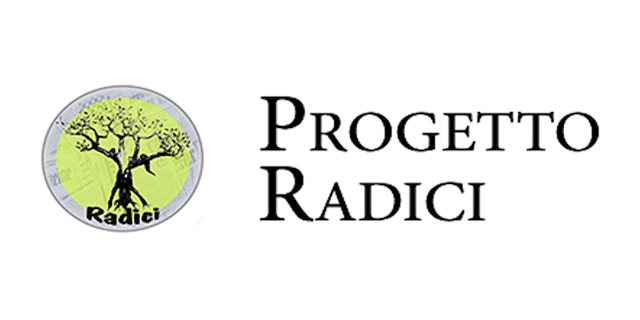Violence against women

La lingua è uno dei principali strumenti che condiziona – e con cui si manifestano – le idee, le credenze, le convinzioni e le pratiche sociali più comuni. Sono molteplici le scelte linguistiche che una testata giornalistica di riferimento può fare per raccontare il femminicidio. La narrazione di un evento così delicato può celare un’involontaria valutazione di merito da parte del giornalista. La mia riflessione nasce da una domanda scaturita dalla lettura giornaliera dei numerosi casi di femminicidio che caratterizzano ormai da anni la cronaca italiana: è possibile che la stampa di qualità e il discorso giornalistico possano veicolare in modo implicito un’immagine sessista e stereotipata della donna vittima di violenza, dell’atto violento e dell’uomo che lo commette? E se sì, in che modo?
Nelle pagine di cronaca, infatti, il gesto violento o omicida dell’uomo è solitamente motivato in molteplici modi: il troppo amore può far stare talmente male da portare alla violenza; il dolore e la sofferenza possono essere talmente forti da “infettare” il sentimento amoroso e portare alla violenza; la pulsione sessuale maschile può essere talmente forte da sfociare nella violenza fisica nei confronti della donna. Ho altresì notato che pochi mezzi di informazione sostengono la tesi secondo cui violenza di genere e femminicidio non sono frutto dell’amore, bensì di una cultura che assegna alla donna un ruolo sociale subordinato che prevede anche la sottomissione o la soppressione fisica quando se ne discosta.
Lo stereotipo dell’uomo che ama troppo e uccide per il troppo amore o quello dell’uomo che abusa in preda ad un raptus irrefrenabile sono due chiavi di lettura dei fatti ampiamente usate e, a mio sommesso avviso, abusate dai giornalisti. È interessante capire se si tratta della visione di alcuni giornalisti che decidono di stare dalla parte dell’omicida e dell’abusante e di esprimere questo punto di vista nella propria narrazione, o se invece la parola e il racconto giornalistici riflettono e mettono nero su bianco quell’antica consuetudine culturale che giustifica la reazione violenta degli uomini davanti al cambiamento degli equilibri sociali tra i generi.
Daniela Piesco
Vice Direttore www.progetto-radici.it
Violence against woman
Dr Sawssen Mabrouk ??
The Declaration on the Elimination of Violence against Women defines “violence against women” as “any act of gender-based violence that causes or is likely to lead to physical, sexual or psychological harm or suffering to a woman, including the threat of such acts, coercion or deprivation. Arbitrary freedom, whether it occurs in public or private life. “
It took decades of struggle by the women’s rights movement to convince the international community to view gender-based violence against women as a human rights concern rather than just a private matter in which the state should not be involved. In 1992, the CEDAW Committee affirmed in its General Recommendation No. 19 that violence against women is a form of discrimination that is directed against women because they are women or that it affects women disproportionately. This violence seriously impedes women’s ability to enjoy rights and freedoms on a basis of equality with men. In December 1993, the Declaration on the Elimination of Violence against Women recognized that violence against women violates women’s rights and fundamental freedoms, and called on states and the international community to work for the elimination of violence against women. In the same year, the Vienna Declaration and Program of Action recognized that the elimination of violence against women in public and private life is a human rights obligation.Framing gender-based violence against women as a human rights violation involves an important conceptual shift. This means acknowledging that women are not subjected to violence by accident or due to innate vulnerability. Instead, violence is the result of deep-seated structural discrimination that the state has an obligation to address. Therefore, preventing and addressing gender-based violence against women is not an act of charity. It is a legal and ethical obligation that requires legislative, administrative and institutional measures and reforms and the elimination of gender stereotypes that condone gender-based violence against women. Under this obligation, states have a duty to take positive measures to prevent and protect violence against women, punish perpetrators of violence and compensate victims of violence. The principle of due diligence is critical as it provides the missing link between human rights obligations and the actions of individuals.
Significant progress has been made in many countries of the world. Comprehensive legal frameworks and specific institutions and policies have been established to promote women’s rights, and to prevent and protect women from violence. There is a growing awareness of the nature and impact of violence against women around the world. Innovative and promising practices are reported each year to the General Assembly, the Human Rights Council and the Commission on the Status of Women, including in the areas of investigation, prosecution and service delivery.
However, the figures on the prevalence of violence against women are alarming. According to WHO data, a third of women globally experience violence at least once in their lifetime. There are still obstacles to women’s access to justice, leading to widespread impunity for violence. Significant efforts are still needed to enhance the autonomy and choice of women and girls and to ensure the realization of the right of women and girls to a life free from violence.








